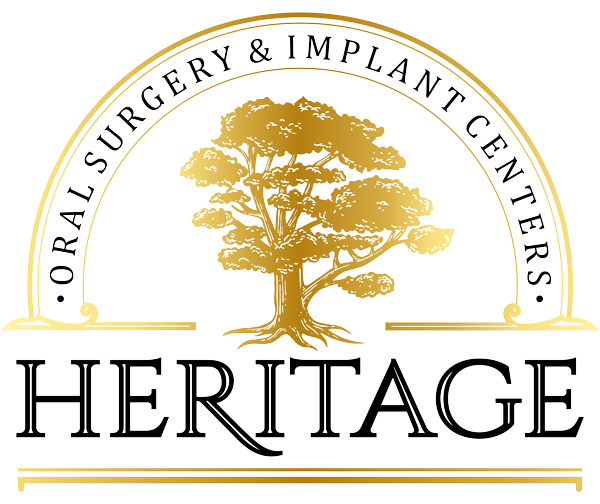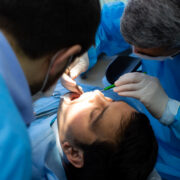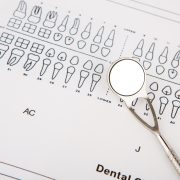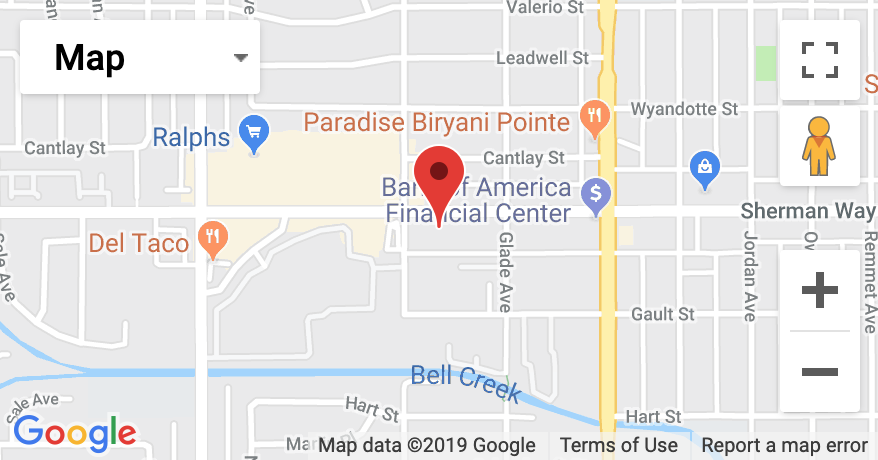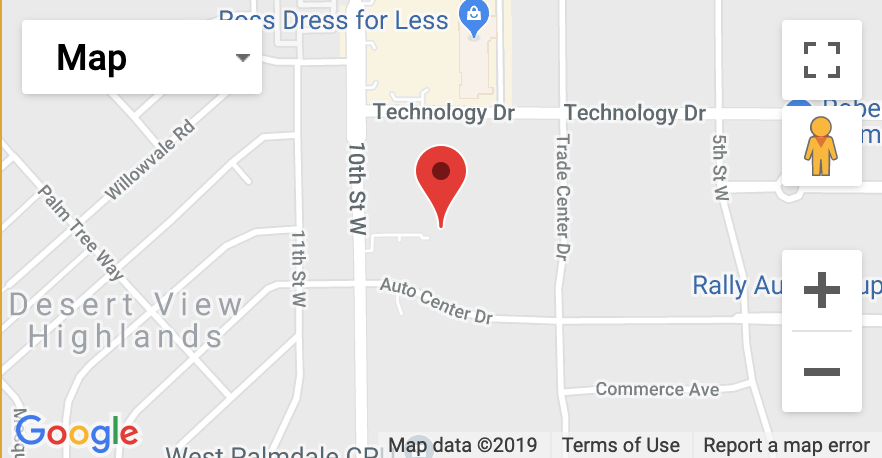Recovery Time and Bone Grafts: What You Should Know
Deciding to have a dental bone graft in Palmdale, CA, is a major milestone for most people. It prompts a lot of questions about not just the procedure but also the recovery time afterward. If you’re nervous about what’s ahead, we’ll look at an average timeline.
How Long Does It Take to Heal After a Bone Graft?
Week One: The first week or two is likely to be the worst. You can use over-the-counter medication and ice to help manage the pain and reduce the swelling, and you’ll need to have a soft food diet to give your mouth a chance to heal. If you’re feeling extreme pain, the kind that can’t be alleviated with aspirin or acetaminophen, it’s important to call your dental surgeon in Palmdale, CA, to let them know what’s going on.
Integration period: After the initial healing period is complete, you can start to step up your diet and activities. During this time, your bone graft is going to fuse together with the existing bone. It won’t happen overnight, so it’s possible that you’ll still feel some discomfort while it’s happening. You can expect the bone integration period to continue for up to six months.
The final phase: The bone from the implant needs to fully fuse with your existing bone in order to call the operation a success. This can take up to nine months and, in some cases, even longer than that. The good news is that you’re unlikely to notice the last stages of healing. As long as your X-rays show that everything is moving in the right direction, you can likely afford to be patient.
Seeing an Oral Surgeon in Palmdale
A bone graft may be an involved procedure, but its benefits are clear. An oral surgeon in Palmdale, CA, can tell you that these surgeries are the key to strengthening your mouth, resulting in better oral health for the rest of your life. At Heritage Oral Surgery & Implant Centers, with locations in Palmdale, Canoga Park, and Valencia, our staff can tell you more about the average recovery time for our patients and what we do to help them through every stage of recovery.

